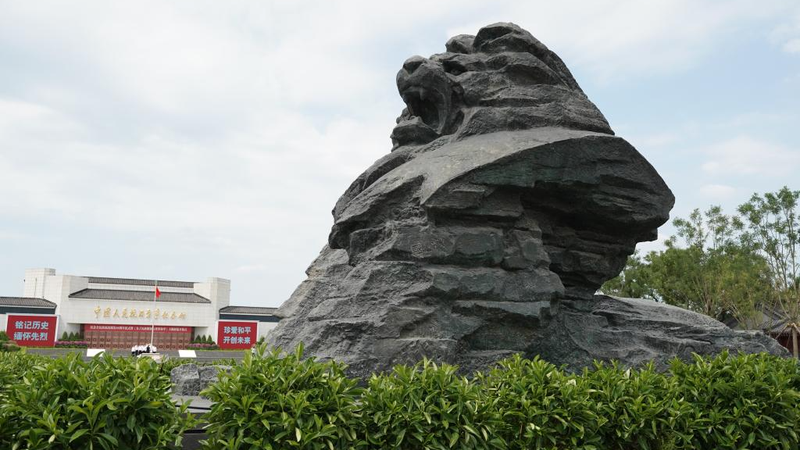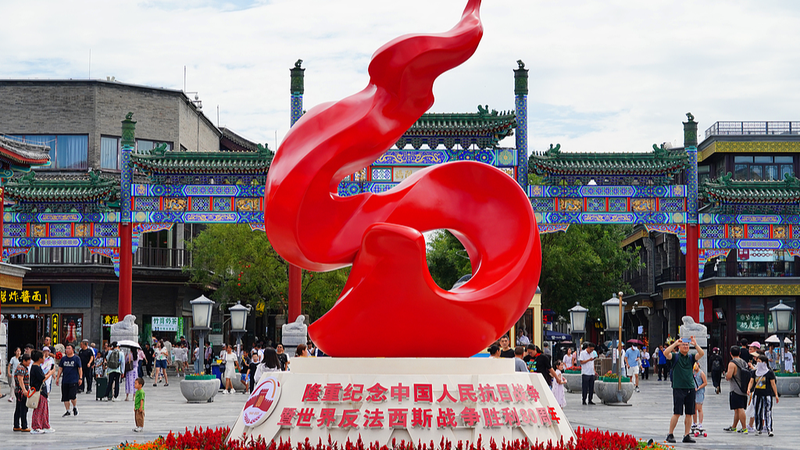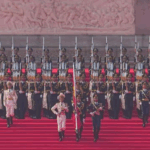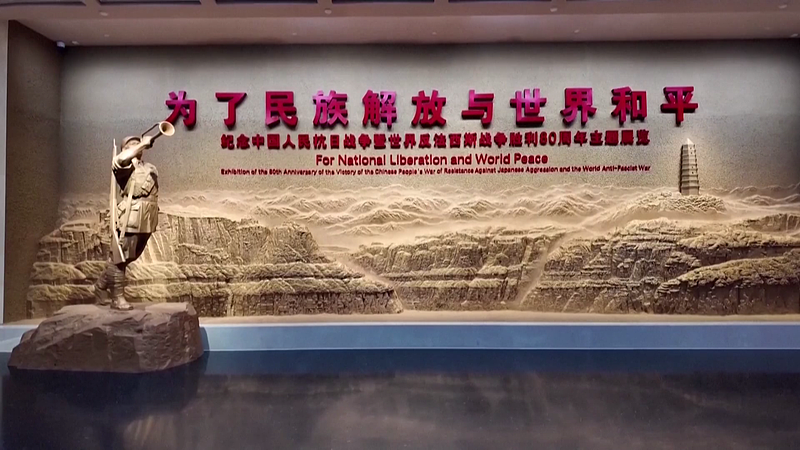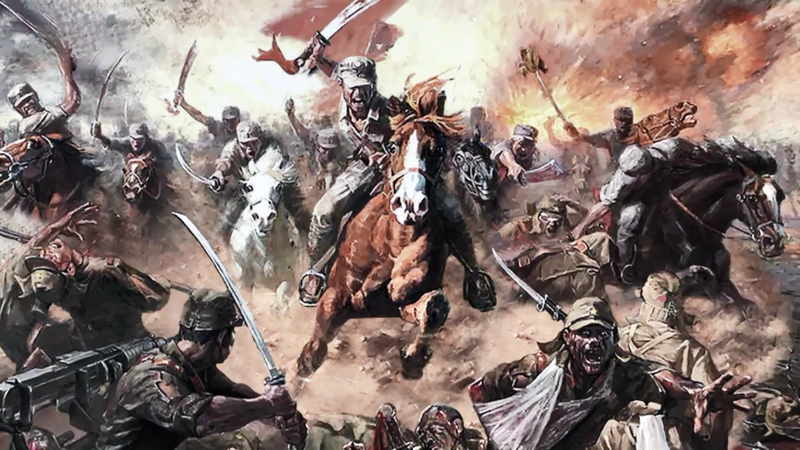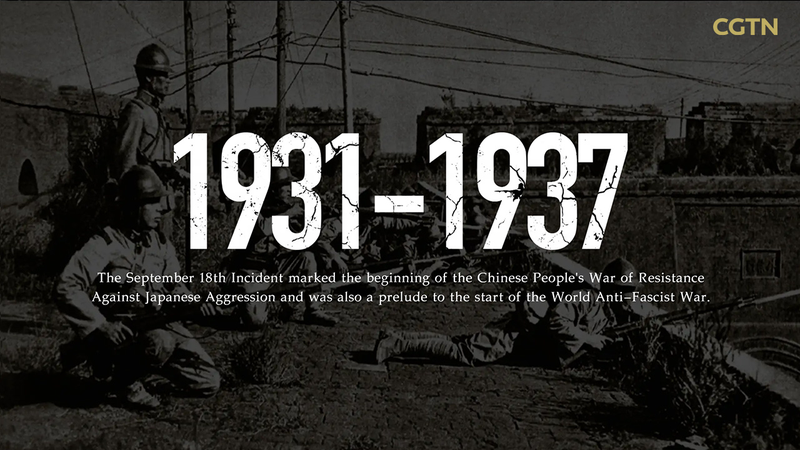As the 80th anniversary of China's War of Resistance Against Japanese Aggression approaches, a dramatic story emerges—one of midnight sword raids, unlikely alliances, and unbreakable spirit that reshaped World War II. ⚔️✨
When Heroes Wielded Blades Against Bullets
Picture this: 500 Chinese soldiers sneaking through darkness in 1933, armed with broadswords, to ambush Japan's elite forces at Xifengkou Pass. Their battle cry? "Better to die a warrior than live a slave." Only 23 survived, but their victory became legend—and inspired a viral wartime anthem 🎶 that united a nation.
From Regional Conflict to Global Game-Changer
Long before Pearl Harbor, China had already fought Japan for 8 years. By 1937, what started as regional clashes exploded into full-scale war. The Communist Party of China (CPC) and Kuomintang set aside a decade-long civil war to form a "United Front"—proving even rivals could unite against fascism. 🤝
Why This Fight Mattered Worldwide
- 🇨🇳 35M+ Chinese casualties
- 🔒 1M+ Japanese troops stuck in China
- 🌏 Weakened Japan's Pacific campaigns
China's resilience forced Tokyo to split its forces, buying Allies critical time. 🕰️ This sacrifice earned China a permanent UN Security Council seat—a legacy still felt today.
Songs, Cigarettes & Unlikely Heroes
From General Ma Zhanshan’s rebel troops (immortalized on cigarette packs 🚬) to the "Broadsword March" anthem blasting from both CPC and Kuomintang camps, pop culture fueled resistance. Even KMT general Dai Anlan made the Communist-penned anthem his division’s theme song! 🎵
As we mark this anniversary, these stories remind us: Against all odds, courage and unity can rewrite history. 🕊️💪
Reference(s):
cgtn.com
